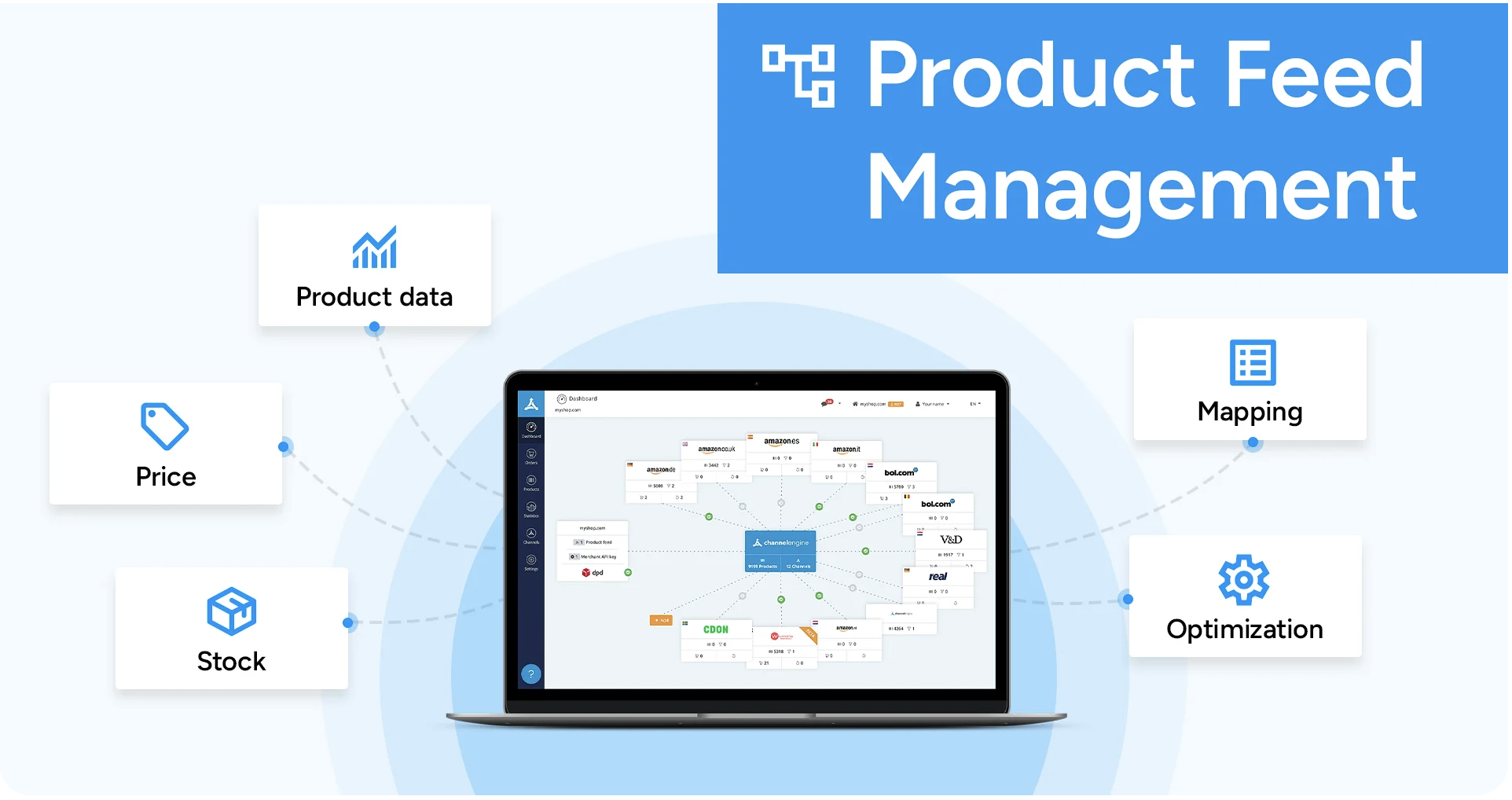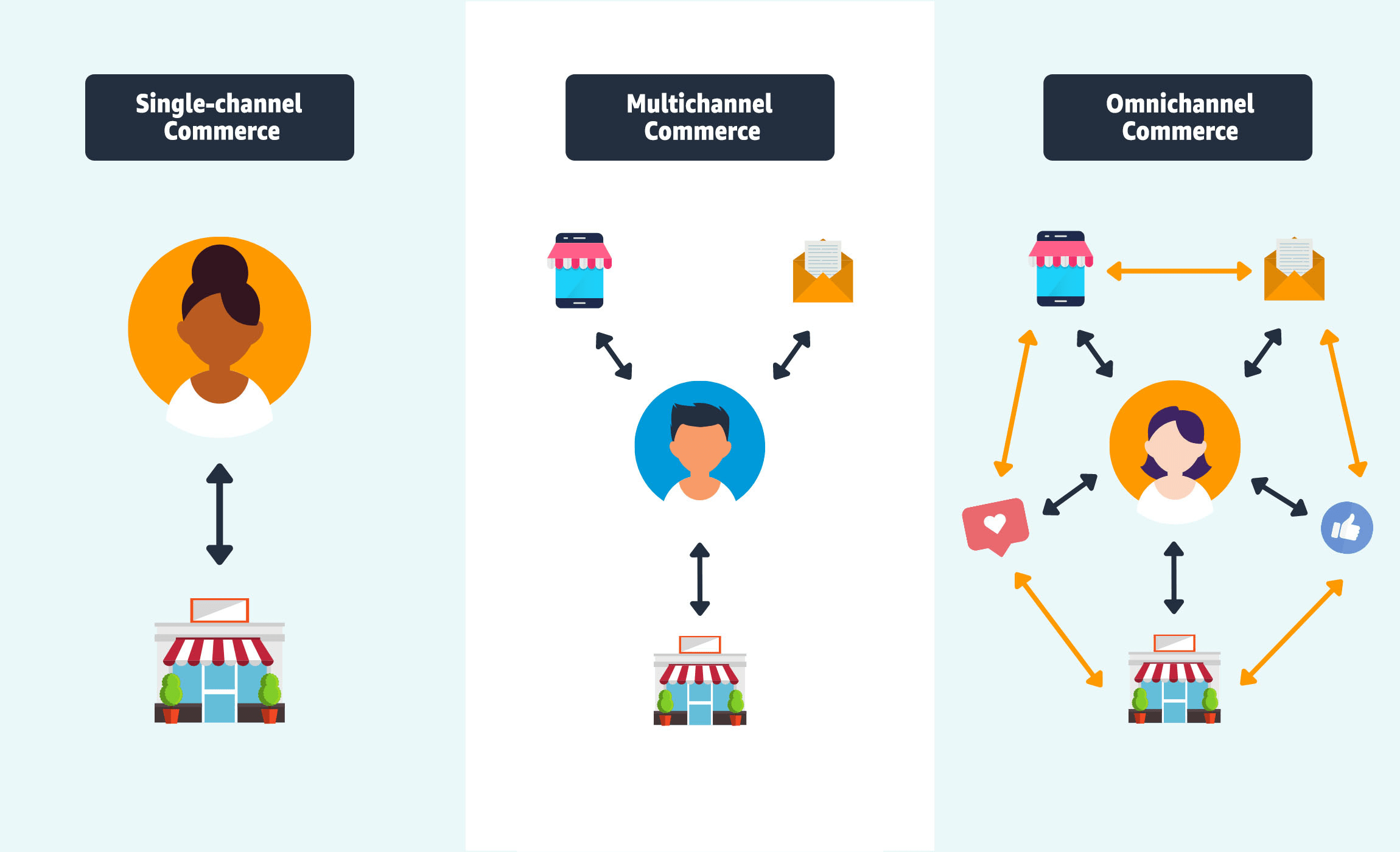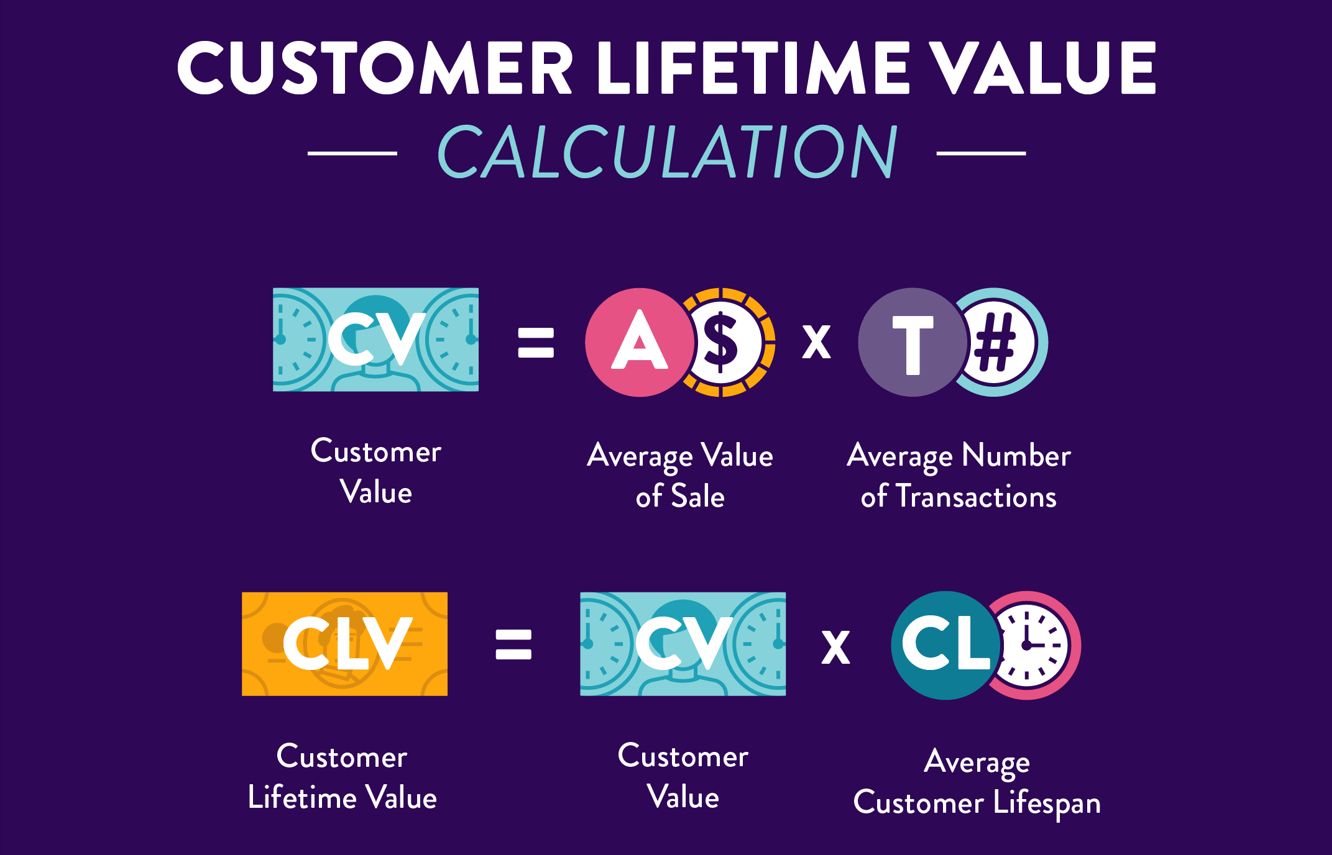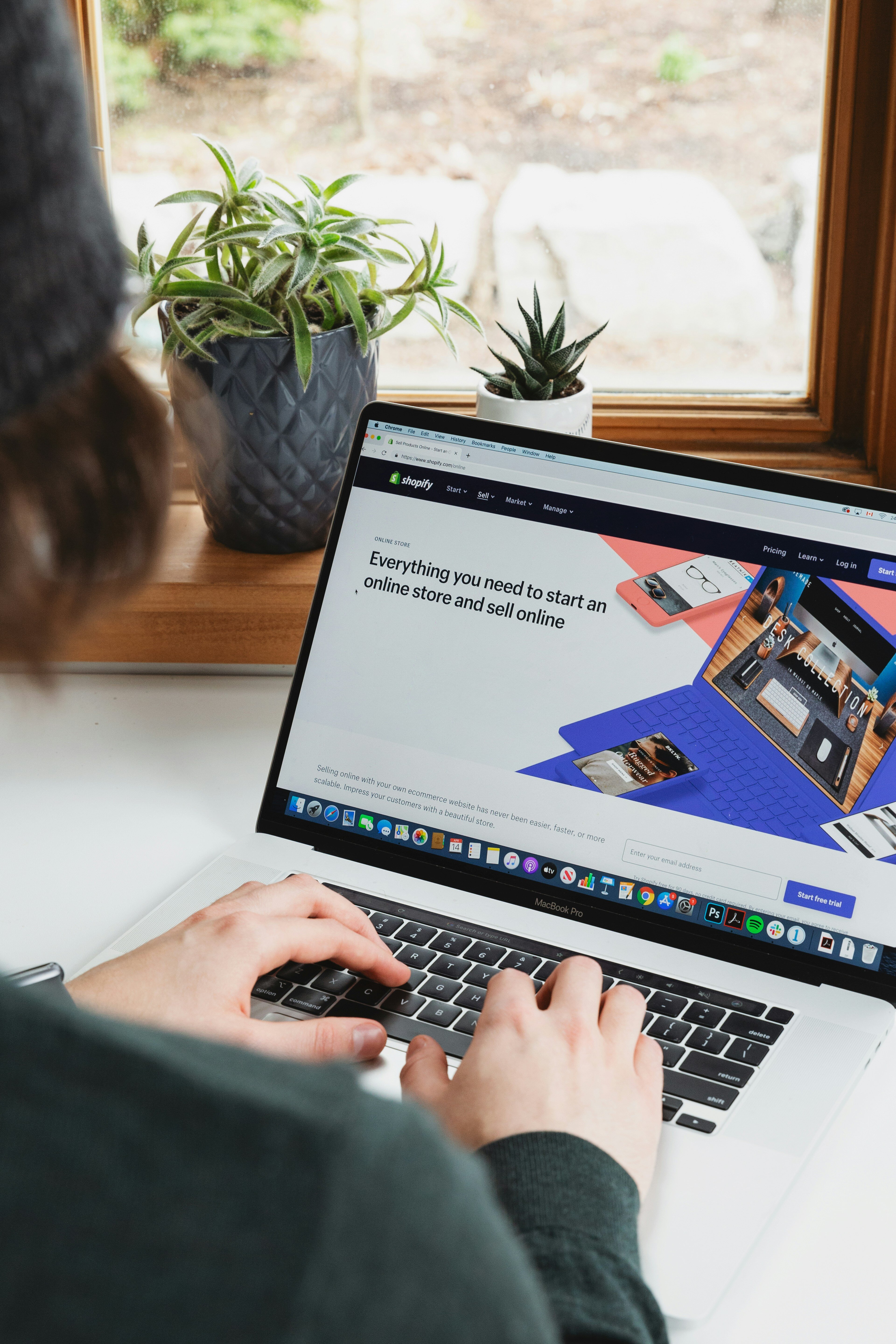Data-driven marketing is crucial in today's digital landscape. With the vast amount of data available to an eCommerce brand, they can gain valuable insights and make informed decisions to drive their marketing strategies. I wanted to highlight the importance of data in various aspects of marketing that we at Finch deem are of note, including product data and advertising data.
I'd like to just come right out and say it: many marketing folks are just dissatisfied with GA4, Google's latest version of Google Analytics. While some may see it as a mess, others believe it has untapped potential that marketers have yet to utilize fully. The challenge lies in synthesizing the overwhelming amount of data from multiple sources into actionable insights. Data-driven marketers must be able to extract meaningful metrics and track growth and efficiency.
As a result of this, eCommerce marketers must have good tools and a plan to manage eCommerce data effectively. Without them, the abundance of data can be overwhelming and useless.
The goal is to transform raw data into actionable insights to drive marketing decisions and improve overall performance. We talk about this a lot in one of our December podcasts:
In addition, it's also critically important to understand the "why" behind the data. It is not enough to present numbers and graphs; marketers must dig deeper to uncover the reasons behind trends and changes in consumer behavior. By analyzing data and identifying patterns, marketers can gain insights into the factors influencing their marketing efforts and make necessary adjustments.
Long-term attribution and understanding of the various factors contributing to data trends are also critical. Marketers must consider the larger-scale changes and behaviors impacting their marketing strategies. This requires continuous analysis and adaptation to stay ahead in a dynamic market.
Data without context is useless.

This headline highlights the importance of understanding and interpreting data to make informed decisions. Data plays a significant role in marketing strategies in today's digital age, providing valuable insights into consumer behavior, trends, and preferences. However, without proper context, data can be misleading and ineffective in driving marketing efforts.
I feel t's important to contextualize data to determine the next best move. Looking at monthly data or returns in an ad ecosystem is not enough to make informed decisions. It is essential to understand what the data is telling us and how it relates to the overall marketing objectives. For example, should the advertising budget be reallocated to different parts of the sales funnel? Should the spend mix be adjusted? These are the questions that require context to answer effectively.
It is the role of agencies to provide insights and advice to our clients based on data analysis. Agencies need access to tools that allow them to understand the context of the data and provide meaningful recommendations. This highlights the importance of having the right tools and expertise to extract insights from data and translate them into actionable strategies.
Furthermore, you should study different ad marketplaces and their relationship with brands. Marketplaces, such as Amazon, are seen as a necessary evil by some brands. They may feel that selling products on marketplaces like Amazon can lead to a loss in profit margins compared to native checkouts on their websites.
That said, here's an example of a different situation and outcome from a vegan supplement brand. This brand believes that it actually costs them more money to acquire a first purchase on their website compared to Amazon. They intentionally direct traffic to Amazon for the first purchase because it requires fewer touches, and customers already trust the platform. Once the customer has purchased and developed trust in the brand, the company can then draw them into their website for future purchases.
This strategy highlights the importance of understanding consumer behavior and psychology. Trust plays a crucial role in the purchasing decision, and leveraging established platforms like Amazon can help overcome initial skepticism and drive conversions. Once the trust is established, brands can then focus on building loyalty and encouraging customers to make higher-margin purchases on their websites.
Product feeds and maintenance

Source: Channel Engine
Product feeds are difficult to maintain for various reasons. One of the main challenges is the size and complexity of databases. As companies grow and expand their product offerings, the number of items in their database grows, making it harder to keep track of and update all the information!
Product feeds contain a wealth of data, including product names, descriptions, images, prices, inventory levels, and other attributes. With a large number of products, it becomes time-consuming and labor-intensive to ensure that all the information is accurate and up to date. Any errors or inconsistencies in the product feed can lead to customer confusion, incorrect pricing, or out-of-stock items being displayed, which can negatively impact the customer experience and sales.
Next, maintaining product feeds becomes even more complex for organizations with multiple product lines or brands. Each brand may have its own unique set of products, attributes, and requirements. Ensuring that the correct information is associated with each product and brand becomes a daunting task, especially when changes or updates need to be made across the board.
Furthermore, product feeds often need to be integrated with various systems and platforms, such as eCommerce platforms, marketing channels, and advertising platforms. These integrations require careful configuration and ongoing monitoring to ensure the product data is correctly synced and displayed across all channels. Any technical issues or changes in the integrations can disrupt the flow of data and cause inconsistencies or inaccuracies in the product feed.
Another challenge is the dynamic nature of product data. Prices, inventory levels, and other attributes can change frequently, especially in fast-paced industries or during promotional periods. Keeping track of these changes and updating the product feed in real time can be overwhelming, especially when dealing with a large number of products.
Additionally, product feeds may need to comply with specific formatting or optimization requirements imposed by different platforms or marketplaces. Each platform may have its own set of rules and guidelines for product data, making it necessary to customize and adapt the feed accordingly. This adds another layer of complexity to the maintenance process.
Implementing efficient processes, leveraging automation tools, and regularly auditing and updating the feeds can help mitigate these difficulties and ensure accurate and consistent product information across all channels.
Data feed management is crucial

Source: Datafeedonomics
Data feed management is crucial for businesses, especially those dealing with large brands and extensive product catalogs. There are definitely challenges and complexities associated with managing data feeds, which further emphasizes the importance of effective management strategies and tools.
One of the toughest factors in data feed management is the sheer volume of products and the limitations of the Google data feed spec. When dealing with hundreds of thousands or even millions of SKUs, organizing and segmenting the products effectively becomes challenging. The limited number of custom labels provided by Google further complicates the process. Without proper tools and processes, processing and managing such a vast amount of data can be overwhelming.
Additionally, data feed management becomes more complex when multiple systems are involved. Integration between inventory systems and data feeds is crucial to ensure that product catalog changes are accurately reflected in the data feed. Communication and coordination between different teams, such as SEO and data management, are essential to avoid discrepancies and suboptimal results.
The challenges associated with data feed management become more pronounced as companies grow. Larger organizations may face issues such as changes in product names for SEO purposes without involving the data management team. This can lead to messy and inconsistent data, negatively impacting performance management.
To address these challenges, businesses need robust tools and processes for data feed management (by the way, I highly recommend Data Feed Watch for data feed optimization.) These types of tools provide more flexibility and control in managing and organizing product data. They also allow for custom crafting of each SKU and ensure that the data submitted in the feed is clean and organized.
Leveraging Amazon for trust

Source: Amazon
One effective strategy for leveraging Amazon in an omnichannel approach is to use it as the first touch attribution. Amazon has built a strong brand reputation; people trust the Amazon logo more than random brands they find on platforms like TikTok. This trust is crucial in a market with much distrust due to the ease of setting up dropshipping companies that may not be reliable.
The convenience and security that Amazon offers customers also play a significant role in their purchasing behavior. Amazon allows customers to easily return or refund items if they are unsatisfied, making them feel risk-free when making a purchase. As a result, many customers choose to make their first touch on Amazon because it feels safer, and they can receive their products quickly.
However, the challenge for brands is to bridge the gap between the Amazon marketplace and their own websites, where margins are often better. This requires creative approaches and strategies to entice customers to move from Amazon to the brand's website. Amazon's attribution program, which allows brands to pull Google and Facebook traffic into Amazon, makes it easy to bring customers in. However, transferring this data to be used for the brand's marketing efforts becomes more difficult.
Amazon really does not provide great first-party or zero-party data, such as email lists or customer identifiers, which are valuable for marketing operations. One solution is to use Amazon DSP (Demand-Side Platform), which can help bridge the gap and provide better data for advertising purposes. Investing in Amazon DSP can help brands access the necessary data to improve their marketing efforts.
Another effective strategy is to use product registration to collect marketing data and build email lists. Including a card in Amazon packaging with a QR code that customers can scan to register their product and provide contact data can be a simple yet effective way to gather information for future marketing efforts. However, giving customers a good reason for providing their information is essential. Simply asking for information without a clear benefit will not yield positive results.
In addition to leveraging Amazon, brands must focus on creating a personalized and exquisite brand experience on their own websites. Building a community around the brand and nurturing customer relationships is essential in the age of marketplaces dominated by giants like Amazon. While Amazon can sell almost anything, it cannot create a community specific to a brand or product set. This is where brands have an advantage and can differentiate themselves.
Community builds brand loyalty.
Community builds brand loyalty. I hope you take that away most of all from this article. I cannot emphasize enough the importance of community in establishing brand loyalty and how it can be a powerful tool in competing against Amazon.
Let's discuss for a moment the potential threat that Amazon poses to businesses, mainly through the production of Amazon Basics versions of their products. This poses a significant challenge as Amazon's lower prices and broad reach make it difficult for brands to compete solely on product features and price. But let's look at this a different way:
An example I like to share is of a company that successfully survived the launch of an Amazon Basics version of their product. This brand had invested heavily in building a sense of community around their product, which resulted in loyal customers who were not easily swayed by the cheaper alternative. Brand loyalty and customer journeys can be influenced by connecting with customers on a deeper level beyond just the product itself.
Also, Amazon provides tools for brands to establish their brand and community on the platform. The brand store page, in particular, is highlighted as an underutilized but effective tool for telling a brand's story and connecting with customers. By creating a mini-website within the Amazon platform, brands can showcase their unique identity and build a connection with their audience.
Also, here's a success story of a brand that improved its Amazon sales by investing in its brand store page. By creating a visually appealing and cohesive brand experience on the platform, customers recognized the brand and felt like they were shopping on the brand's own website. This led to a healthy migration of customers from Amazon to the brand's own website, where they could enjoy better margins and additional benefits like subscriptions and exclusive products.
Loyalty, UGC, omnichannel, CAC, and LTV

Source: codedesign
One way to foster loyalty and engagement within a brand community is by encouraging user-generated content (UGC). This involves giving loyal customers the opportunity to create and share content related to the brand and its products. There's a specific example of a company that implemented a system where customers could record themselves reviewing products and have them displayed on the website. This not only provides social proof and testimonials for potential customers but also creates a sense of conversation and community among users.
"79% of people say UGC highly impacts their purchasing decisions."
- Source: Hubspot report
The concept of omnichannel is also worth discussing. Rather than focusing solely on specific channels, the idea of omnichannel is about understanding and adapting to customer behavior across various channels. Brands should be where their customers are and be willing to change channels as customer preferences evolve. It is important to track channel metrics for success, but it is equally important to measure the customer journey and the effectiveness of different channels in reaching and engaging customers.
In terms of metrics, it is important to track customer acquisition cost (CAC) and customer lifetime value (LTV). These metrics are crucial in defining a marketing strategy and understanding the overall profitability of acquiring and retaining customers. Minimizing the cost of acquiring new customers and maximizing the revenue they generate over time is the key to a successful marketing strategy. However, mapping out and optimizing these metrics can be challenging, especially considering the variability within individual brands.
So in the end, it's critical to build a loyal community around a brand through strategies like encouraging user-generated content and understanding omnichannel behavior. Tracking metrics such as CAC and LTV is vital in shaping marketing strategies and ensuring long-term profitability. By focusing on these aspects, brands can differentiate themselves, foster customer loyalty, and ultimately achieve success in the competitive marketplace.





